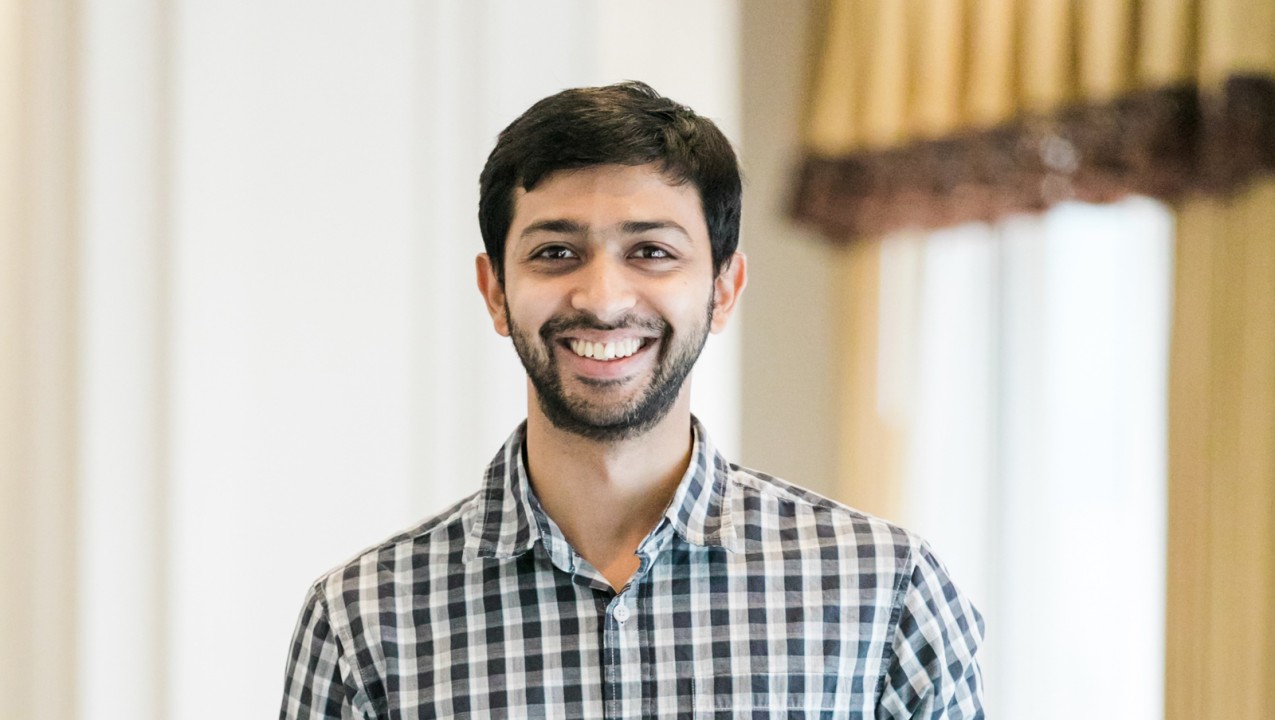
How Arun Mahadevan communicates precision medicine
“From the beginning of grad school, an important part of our Ph.D. training is not just how to do science but how to communicate it. And I was pretty terrible at that part,” said Arun Mahadevan ’18.
The Rice University bioengineering alumnus worked hard to turn around his communication skills. In fact, he improved so much that his three-minute research pitch on the Social Network of Stem Cells was selected as both the Alumni Choice and Grand Prize Winner in a competition shortly before his graduation.
Read the full story on the ACTIVATE Engineering Communication Program website. More highlights:
Mahadevan spent two years as a postdoctoral research fellow at the University of Pennsylvania, then moved to the Bay Area and wrote clinical evaluation reports (CERs) --analyses about proposed medical devices under consideration by the Food and Drug Administration (FDA) and equivalent organizations in Europe.
While he was writing and consulting on CERs, Mahadevan was also wrapping up several research papers he’d been working on with his former Rice research advisor, Amina Qutub. Qutub had also recently moved to the Bay Area after being recruited by a precision medicine company called Rarebase.
“Amina was really excited about Rarebase,” said Mahadevan. “It had only 12 employees but there was a spot for me if I was interested, and I would be involved in the growth of the company from the formation stage. Of course, I said, ‘Yes.’”
Rarebase is a Public Benefit Corporation (PBC) working to develop therapies for rare genetic disorders that fall through the cracks of regular pharmaceuticals. A typical patient may have a disorder seen in very few people in the world, and such small patient populations do not provide an incentive for standard pharmaceutical research and development.
“We meet our collaborators through personal connections, rare disease advocacy groups or foundations,” said Mahadevan. “The relationship we build with them allows us to communicate closely with the patients themselves or their parents. They provide samples or other kinds of data, then we analyze the data and try to find therapies for the disorder.”
Mahadevan is inspired by such a rewarding challenge, and said it feels a bit like going back to his roots with the kind of experimental work he was pursuing in grad school. His current research has the added benefit of supporting the Rarebase mission, with the ability to impact patient lives directly.
“Everything we are building —and we are going so fast! — is designed to generate experimental data and analysis platforms to find solutions for patients with no other recourse. That is why patients come to us, because no one else has been able to help them,” he said.
“The patient’s needs inform everything we do — all our discussions, all our experiments are geared to positively impacting patient lives. Not everyone in the biomedical industry gets to see such a fine and clear endpoint for their research.
“When we get to meet the patients in person – maybe at a fund-raiser or other event – those are the heart-filled moments. We see kids with severe disabilities and their parents are so desperately searching for a cure or a therapy for their child. Those are powerful moments for our entire team. Contributing in any way we can to their hope for their child’s future, that’s what gets us out of bed in the morning.”